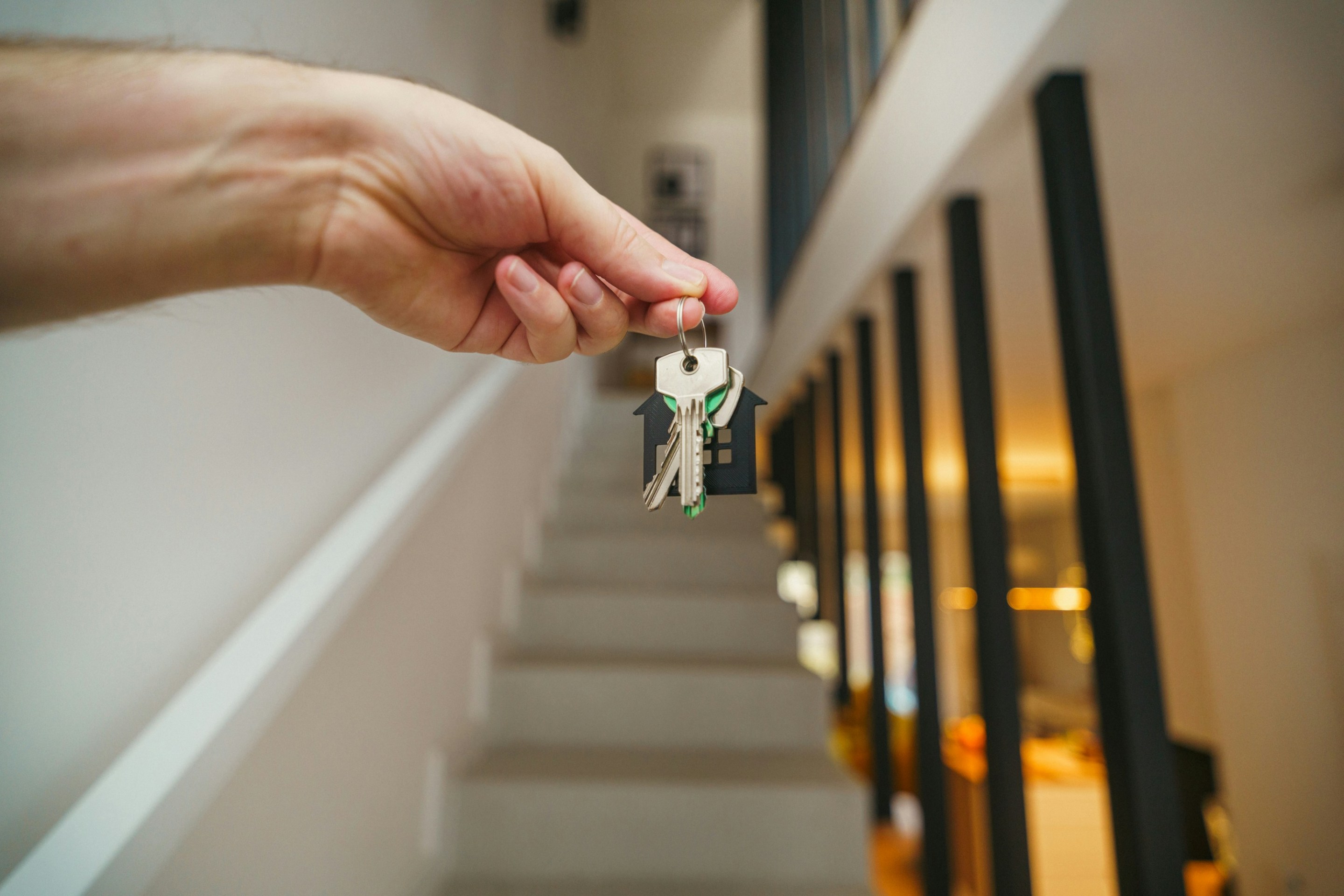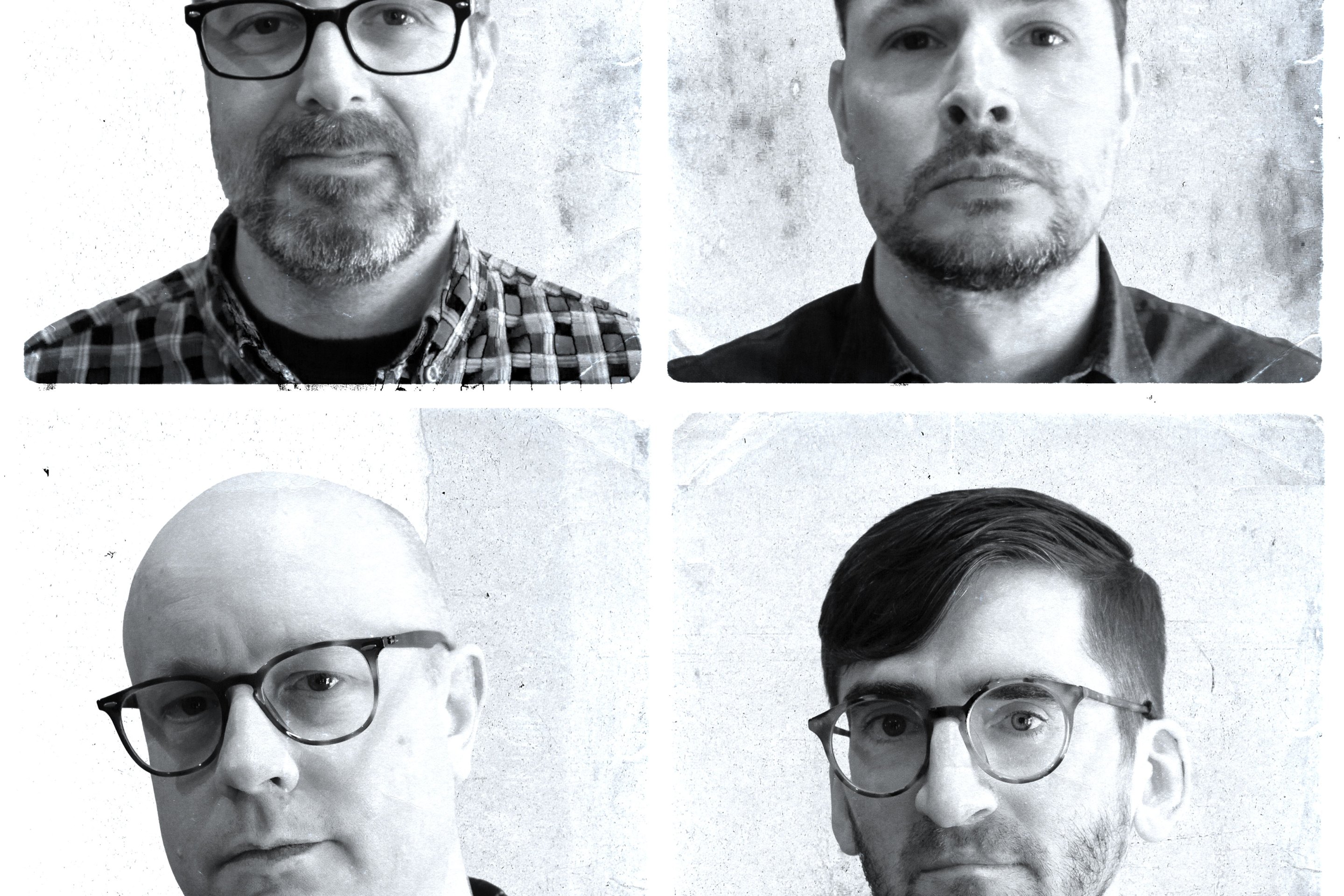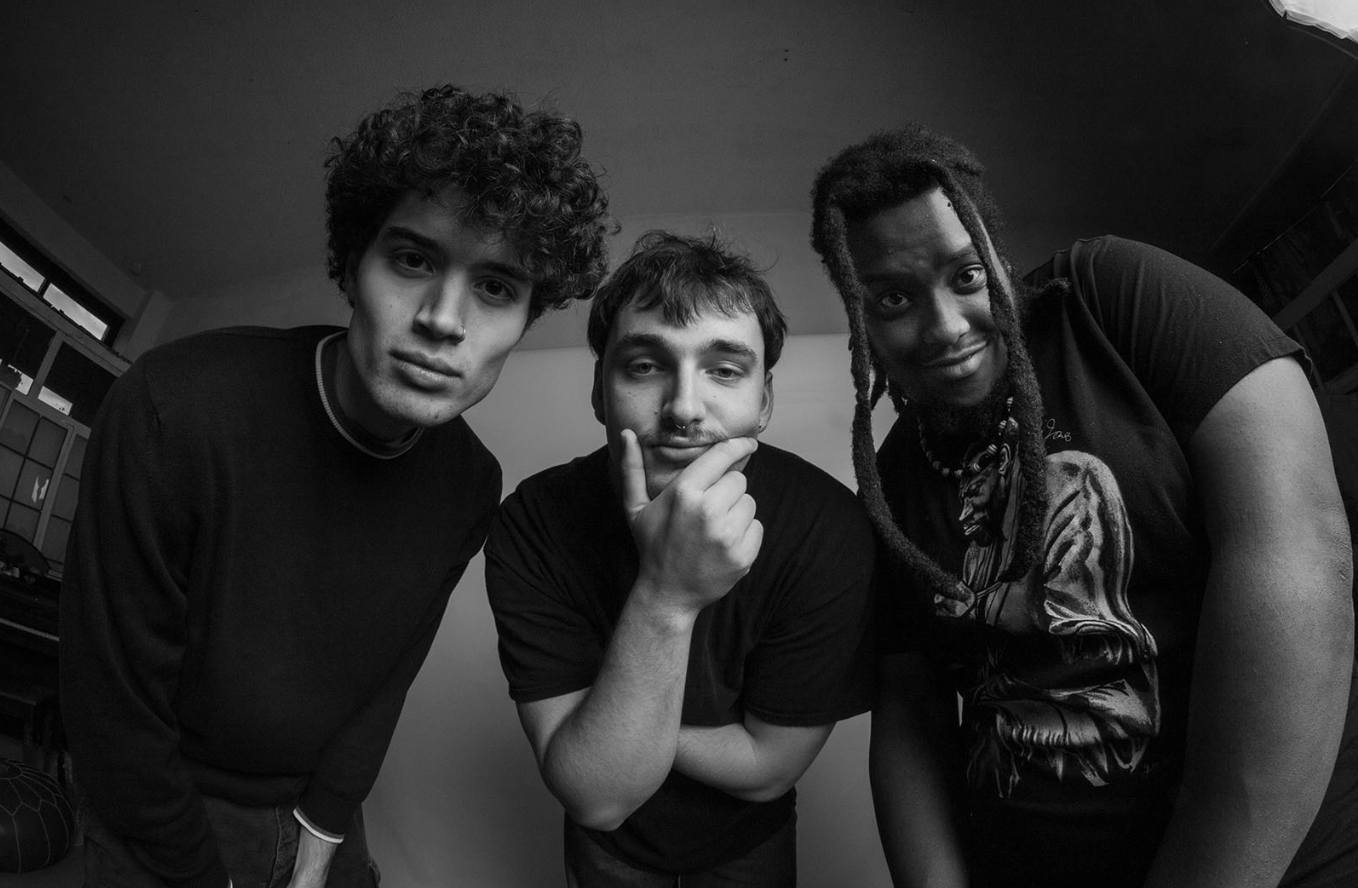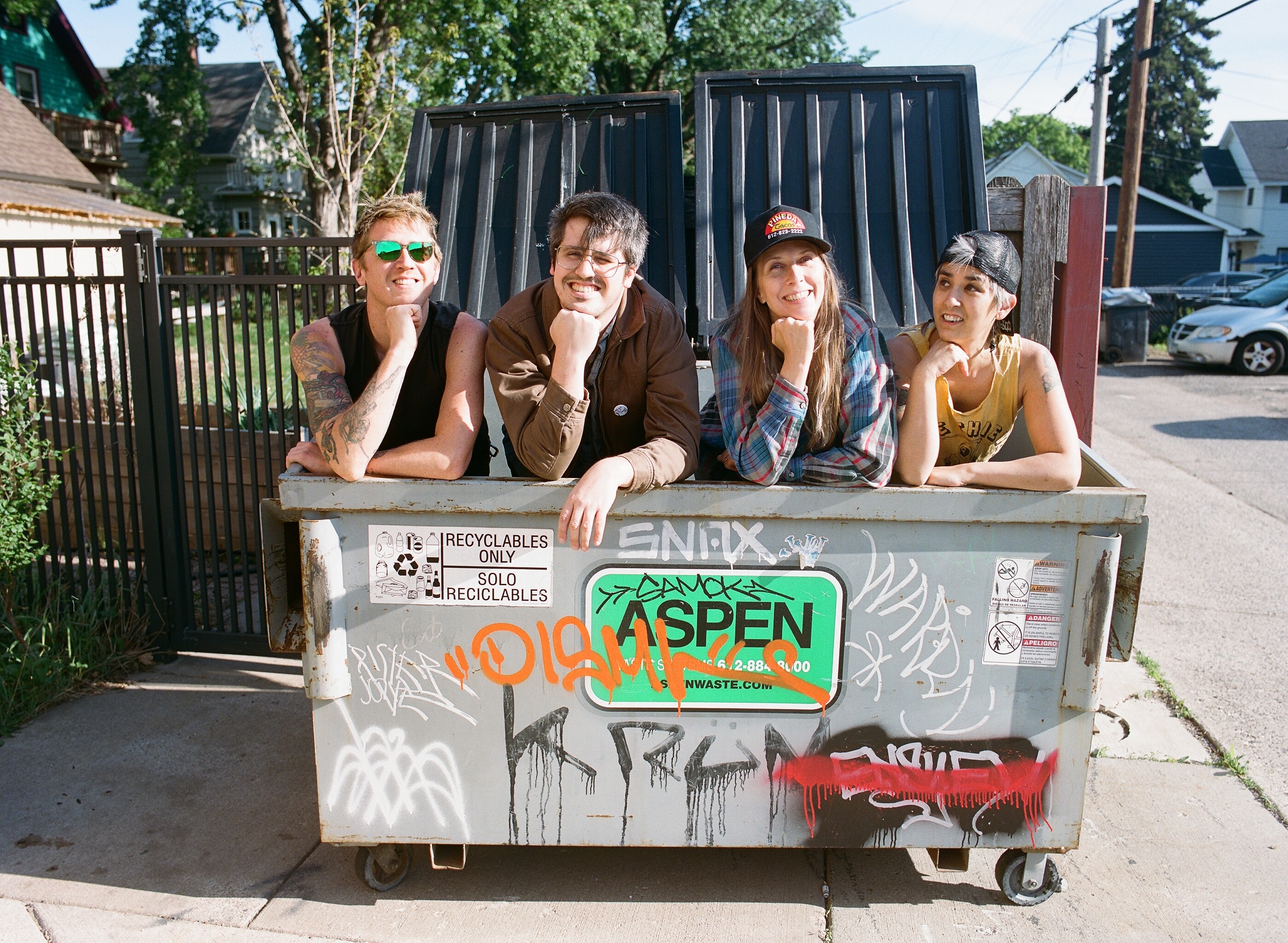“Affordable housing is like musical chairs,” as they say in advocacy circles.
Klyde, a Minneapolis resident in his early 30s, has been playing this game for most of his life. He lives with chronic pain and a physical disability, and has spent years “working way more hours than my body could keep up with just to afford the cost of living.” It’s an exhausting cycle, finding employment for stretches after setbacks. Hospitalization plus recovery time has cost him his job more than once.
Klyde applied for disability benefits just before the pandemic, but had to wait about two years for approval. Still, even with benefits, “I typically end up going without the care I’m supposed to get because I have to prioritize rent,” he says.
Klyde’s margin for housing is incredibly slim. A rent increase as small as $30 per month would be unmanageable. If evicted, he has nowhere to go and no family to turn to for help. “I already can’t afford groceries half the time,” he says. “And there’s no point in buying all the meds I need if I don’t have a safe and consistent place to store them. I barely scrape by most months.”
“The people most likely to not get a chair—an affordable housing unit—are the ones who have a disability, a pre-existing condition, or a vulnerability,” says Kevin Nye, social worker and writer. “But it’s not the vulnerability that causes them to not get a chair, it’s the fact that there’s not enough chairs.”
And once people fall out of stable housing, it often takes a dedicated team months or often years to help them find stability again.
“In an effort to be as fair as possible, it’s the most complicated, convoluted system you could hope to imagine to get someone from homelessness to housing,” Nye says. “You need experts navigating the system, you need a bit of luck, and you need folks working way harder than they should ever have to.”

There’s Never Enough Seats
Housing is defined as “affordable,” according to policy makers and researchers, when a household spends less than 30% of its income on shelter. Housing is “deeply affordable” when it is made available to the lowest income brackets, those making below 30% of the “area median income” (AMI). In the Twin Cities, 30% AMI is an income of $35,000-$40,000 for a family of four. Think teachers, nurses, and service industry workers. For a family making $40,000 per year, affordable housing should cost less than $900 per month.
The Met Council currently budgets around 3,000 new affordable housing units per year, two-thirds of which should be deeply affordable. But as, outlined at a meeting earlier this month, progress at the deepest level has been painfully limited. Even though deeply affordable housing has been steadily increasing, the metro region still falls short of the council’s goal by about 1,900 units per year.
The National Low Income Housing Coalition’s GAP Report estimates that the Twin Cities metro has a deficit of around 72,000 “affordable and available” units for the lowest income bracket alone. And for every 100 very low income Twin Cities renters looking for an apartment, only 34 are available and affordable—that’s no better than the New York metro area.
“Minneapolis is a pretty good place to be a little poor, but it’s as bad as anywhere to be really poor,” Nye says.
And when economic conditions worsen, people with generational poverty are dramatically more at risk of instability because there’s no family safety net. “If we’re all on different levels of an iceberg and the water is rising, people who have known less precarity are suddenly in a far more precarious situation,” Nye says. “So life events tip them over, or the rising tide of housing costs takes them under.”
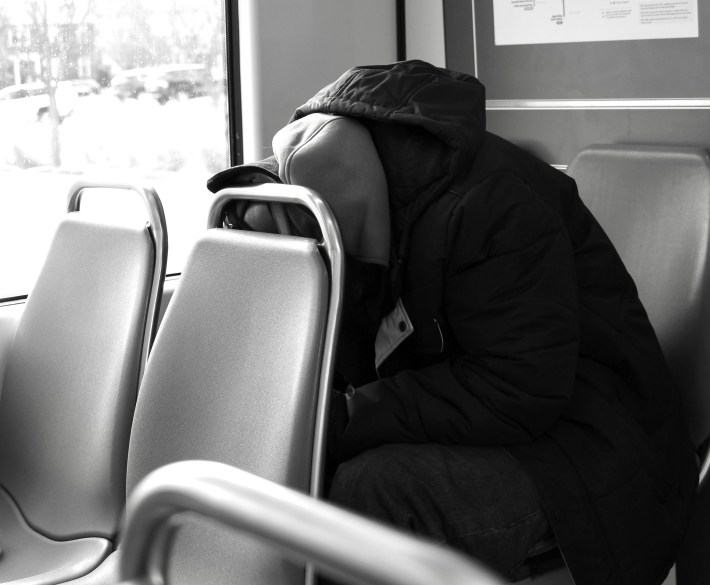
When Prisons, Treatment Facilities, and ERs Become Welfare Providers
David Fallon is an artist in his mid-40s who’s had epilepsy since he was a child and who developed psychosis and generalized anxiety due to traumatic experiences while in elementary school. His limited safety net, combined with mental health issues and substance abuse, “really limited my ability to work and maintain regular, sustainable employment as an adult,” he says. “When you don’t have any diagnosis and absolutely no clue what’s going on, you fall to whatever works.”
Fallon spent well over a decade cycling between periods of stability and crisis, housed and unhoused. Sometimes he was able to live alone, other times he found himself in and out of treatment, entering 10 programs in four different states. All were short-term stays, mostly focused on sobriety, not his underlying mental health issues.
“I would be able to maintain jobs for extended periods of time,” he says. But then his mental health would deteriorate, which would cause a break and send him back to substances. “It was only a matter of time before the snap happened,” he explains, sighing. “And it happened over and over.”
Evictions have risen alongside housing costs, and both have soared in the years after the pandemic. According to Princeton’s Eviction Lab, the Twin Cities saw the largest proportional increase of any city in the country since 2020. However, most people don’t go directly from a lease to the sidewalk.
“Sixty percent of people entering homelessness in Hennepin County came from precarious housing situations immediately prior … and one in six homelessness episodes was the result of an exit from a justice or human service system,” says Will Lehman, one of Hennepin County’s Homelessness Prevention area managers.
Our welfare spending is insufficient to allow vulnerable people access to long-term institutional supports, and so jails, treatment facilities, and emergency rooms have become our society’s welfare providers.
Like Fallon and Klyde, James King has struggled to keep a job for most of his life. Poverty and traumatic incidents in his childhood laid the basis for interpersonal conflicts at work.
“Before I went to prison, I tried [to get along with people],” King says. “I’d have a job, work it a few months, then I’d get fired because of my mouth.”
Eventually, King turned to crime, where he made more money and answered only to himself. While serving a 10-year-prison sentence, his pre-existing mental health issues spiraled out of control. “After getting out of prison, if you were watching me, looking at me longer than a second, I would feel like you’re staring at me,” he says.
Work began to feel impossible, and, consequently, so did housing. “If you’re a felon, it’s really hard to get a job,” King says. “[The system] keeps you from working, so you don’t have a choice but to go back to the street.”
While King took classes in prison, eventually becoming a certified plumber, he struggled to find work without stable housing. Tired of moving between shelters, King enrolled in treatment and employment programs. But as with Fallon, the programs didn’t address King’s mental health. As soon as the programs ended, he was stuck facing the same problems alongside the same people, none of whom had any more stability than he did.
“People don’t make good choices, they have good choices,” says Izzy McLaughlin, a social worker and harm reduction specialist. “All of the things that people who live inside struggle with, people who live outside struggle with, too.”
But living outside means that many choices fall between bad and worse options. “Lots of the people I meet previously had houses and jobs. They ‘had it all together,’ for lack of a better way of saying it,” McLaughlin says.
Sometimes this is a serious crisis; job loss, a mental health collapse, a death in the family, an illness or injury. But more often, it’s something simple. “People are doing OK, and then their car gets towed,” McLaughlin explains. “They can’t afford to get it out, so they don’t have a car and can’t get to work. It just snowballs.”
Will Lehman, the homelessness prevention area manager, agrees that housing instability is a high-level structural problem. “Incomes are too low, housing costs are too high,” he says. “The social safety net isn’t sufficient to keep households stable or deal with life circumstances impacting low-income families.”
Hennepin County is trying to change that. It closely follows the homelessness prevention framework laid out by the United States Interagency Council on Homelessness (now effectively shuttered by the Trump administration). The USICH continuum begins with “universal supports” (social goods like affordable housing, employment training, accessible healthcare) and then moves through policies that prevent episodes of homelessness or, failing that, make them as short as possible. These involve eviction prevention, legal assistance, subsidies, emergency shelter, rapid re-housing, and supportive services.
“It’s not uncommon for people with significant mental illness to try to use substances to manage any number of symptoms that they have,” says Jill Wiedemann-West, CEO of People Incorporated, one of Minnesota’s largest nonprofit treatment and service providers. “We basically assume that there’s physical health comorbidity, there’s mental health comorbidity, there’s substance use comorbidity … and also a level of trauma.” This “wraparound,” whole-person approach, combined with high-level housing management, has become the gold standard.
For both Fallon and King, the rebuilding process has taken months to years. Fallon spent time at People Incorporated’s Huss Center, an intensive treatment program which addresses substance dependence and mental illness concurrently.
While Fallon has been stable for a number of years, King is still in the process of getting his services and benefits aligned. But having access to services and case management “is grand,” he says. “[Not using them] would be like having a pot of water on the stove and not turning it on.”
Even with dedicated assistance from his case worker and other advocates, King spent well over six months—all last winter and spring—waiting for permanent housing. While he’s working on getting disability benefits he's also been bogged down getting the right diagnosis and making appeals for over a year. His housing is covered by a grant and he has a small subsidy for food, but he must make do with only $150 per month for savings and other expenses.
“You just have to trust the process,” he says. But not everyone can hang on that long.
It’s all linked, Wiedemann-West says: “You can’t get someone to be medication adherent if they don’t have money to buy their medication. You can’t get someone to manage their diet if they can’t get fresh food. You can’t help someone manage a chronic health condition if they live outside.”
Thousands of people filter through the Coordinated Entry System, the county’s hugely backlogged one-stop shop for services. And once someone gets matched with housing and the services that will keep them housed, everything has to go right. “If there’s one hiccup … they go back to the bottom and we wait another year,” McLaughlin says.
The Wilder Foundation’s Minnesota Homeless Study shows that half of homeless respondents are already on a waitlist for rental assistance or public housing. But to get to their appointments and fill out applications, they need transportation, technology, storage, and dedicated assistance. Plenty of people living in encampments are waiting to access services, but when the city sweeps through the area they are throwing away the belongings they need to get housing at all, fundamentally disrupting their ability to stay connected with service providers. “It’s a never-ending cycle,” McLaughlin says.
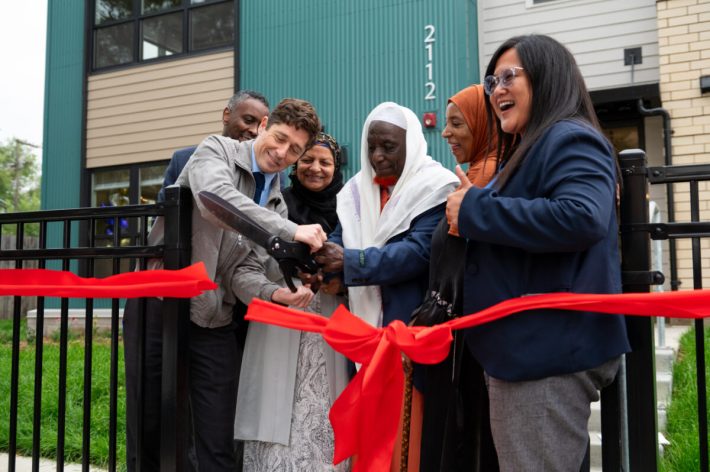
When Poverty Is Expected to Turn a Profit
The largest single provider of affordable housing to the city, the Minneapolis Public Housing Authority, supplies homes to some 26,000 residents through a combination of city-owned stock and housing choice voucher programs.
“I don’t think there’s any type of housing comparable to the scale and population demographics that we serve,” says MPHA head Abdi Warsame. The org has also rolled out new programs, including family housing units for larger households and redevelopment projects aimed at allowing seniors to age in place.
“We serve our most vulnerable populations—predominantly minorities, the elderly, and people with various disabilities—who benefit the most from public housing,” Warsame says. But those populations really need supportive services like mental and physical health treatment, as well as help navigating benefit systems, in order to stay housed.
These days, financing for most new affordable housing projects involve public subsidies from local, state, and federal sources that then go toward privately owned development projects. This leads to a less-than-ideal situation, as private investors are looking for a return.
It’s a losing proposition. “You can’t make money off poor people,” says Julia Welle Ayres, who leads Hennepin County’s Housing and Economic Development. But local governments still collude with private financial backers that are trying to anyway.
Klyde’s situation is a living testament to the brokenness of this system. He’s gotten a subsidy for his power bill, and it took two years for his disability payments to be approved. “[I’ve] been trying to get back to work for months now, but employers see the gaps in my resume [from hospitalization] and they’re like, ‘No thanks,’” he says. Rent keeps going up, and he says his disability check is too high for him to qualify for other types of assistance.
Klyde faces another squeeze as well: The apartments available to those with the lowest incomes present unlivable conditions, including flooded basements, unsecure building entrances, mold, and rampant pests.
“Landlords know that people like me can’t afford to move into better housing,” he says, noting that there’s an epidemic of “private companies buying up all these cheap properties, then taking money from assistance programs without ever maintaining the property—the law doesn’t have enough teeth to hold slumlords accountable… They’re profiting off of vulnerable people.”
Klyde worries that, like so many neighbors who have lost housing over the years, he’ll just disappear.
He’s right to worry. Both national and local studies show that more people are in precarious situations than at any time in the recent past. Thousands of people in the metro area are homeless right now, tens of thousands face varying degrees of acute risk, and hundreds of thousands are cost-burdened, vulnerable to a step-change in their circumstances in the case of an economic downturn.
The organizations in place to help are in a similar position. “Funding is [the problem] at every level,” Warsame says. “There’s inadequate federal funding … which makes meeting our mission difficult. Housing authorities are funded by HUD, and the promises made decades ago toward housing authorities have not been kept.”
MPHA’s waitlists are filled to bursting, with family housing units at 4,300 pending applications and 6,000 for high rises.
The Faircloth Amendment, which effectively outlawed new public housing developments, was passed under President Bill Clinton, as well as welfare “reform” (read: evisceration) that set the stage for active hostility toward the poor.
In August of 2024, in City of Grant’s Pass v. Johnson, the U.S. Supreme Court gave cities the green light to ban unhoused people from sleeping in public—even when there’s no other shelter available. Trump’s spokespeople have lauded the decisions, and his administration’s July executive order repeals the federal “housing first” policy that has been in place since the second Bush era, ending support for harm reduction programs and instead funding state policies that criminalize and involuntarily institutionalize the unhoused.
But these are simple—not to mention cruel—solutions to complex problems, where housing, healthcare, economics, education, generational poverty, and trauma interconnect. It’s all linked, Jill Wiedemann-West says. “You can’t get someone to be medication adherent if they don’t have money to buy their medication. You can’t get someone to manage their diet if they can’t get fresh food. You can’t help someone manage a chronic health condition if they live outside.”
“Safe housing first is really important; it’s a critical component,” Fallon says. “But even before that, we need to be meeting people where they’re at.” For him, that’s having access to “mobile crisis pop-up centers where you can go in, and there’ll be a housing specialist, a therapist, a social service specialist.”
Nye believes in local and regional solutions, citing Los Angeles’s implementation of consumption taxes to fund supportive services. “We don’t have to wait for this magical alignment that may never come, but we do need drastic and significant policies,” he says.
Despite his situation, Klyde has found meaning and optimism in organizing through United Renters for Justice/Inquilinxa Unidxs por Justicia with his fellow tenants for better conditions and control over the circumstances in which they live—a trend that is growing in the Twin Cities.
“Being engaged with other people who want things to get better for everyone in the city; it gives me hope for a better tomorrow,” he says. “It’s why I still believe in a better tomorrow, even when times are this bleak.”
